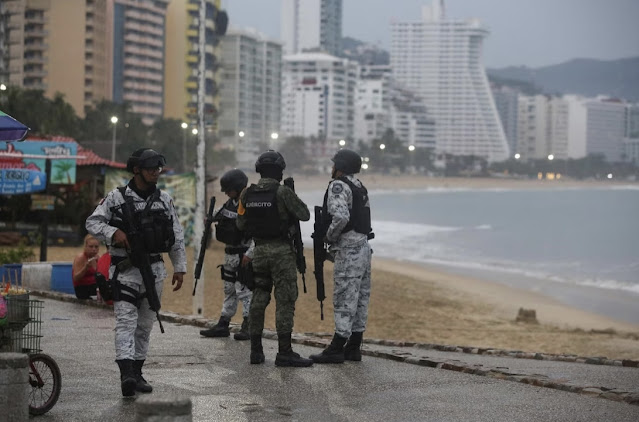The Unprecedented Toll on Children: Is Israel's Gaza War the Deadliest Conflict in Modern Times?
The Unprecedented Toll on Children: Is Israel's Gaza War the Deadliest Conflict in Modern Times?

Children Shelter at Gaza's Al-Shifa Hospital Mohammed
In late October, Save the Children, an international nonprofit, delivered a chilling revelation: the number of children killed during Israel's bombardment of the Gaza Strip over three weeks had exceeded the annual child casualties in global conflict zones since 2019. As the war extended into a month with Israel launching a ground offensive, the grim statistics only continue to climb, revealing the shocking magnitude of child casualties in Gaza.
Comparing these heart-wrenching statistics to other significant conflicts in recent years further underscores the exceptional tragedy unfolding in Gaza:
Gaza:
- Israel's attacks have claimed the lives of 4,104 children in Gaza during the current war, as reported by the United Nations Office for the Coordination of Humanitarian Affairs (OCHA).
- On average, over 100 children lost their lives every day during this one-month period.
- Gaza, with a population of 2.3 million people living in a 365 sq km area, experiences an extreme population density of 6,300 people per sq km (16,320 people per sq mile).
- Children constitute a staggering 47 percent of Gaza's population, according to UNICEF.
Ukraine:
- Russia's full-scale invasion of Ukraine in February 2022 has led to ongoing, bloody clashes and numerous civilian casualties.
- 510 children have been tragically killed as per the Children of War website, representing an average of fewer than one child per day.
- Ukraine maintains a population density of 76 people per sq km (nearly 200 people per sq mile), according to the World Bank.
- Children make up 18.5 percent of Ukraine's population, according to UNICEF.
Iraq:
- The United States' invasion of Iraq in 2003 sparked a period of conflict monitored by UNICEF from 2008 to the end of 2022.
- During this time, 3,119 children lost their lives, with more than one child dying every two days.
- Iraq sustains a population density of 100 people per sq km (260 people per sq mile), according to the World Bank.
- Children make up 43.6 percent of Iraq's population, according to UNICEF.
Syria:
- The war in Syria erupted in March 2011, resulting in significant child casualties, with 12,000 children killed from 2011 to March this year, as reported by the UN.
- On average, nearly three children per day tragically perished during this period.
- Syria's population density is 116 people per sq km (300 people per sq mile), as per the World Bank.
- Children make up 37.3 percent of Syria's population, according to UNICEF.
Yemen:
- Yemen has endured a devastating conflict since 2015, with a Saudi-led coalition battling Iran-backed Houthi rebels.
- Over seven years and six months, 3,774 children have lost their lives, as reported by UNICEF, equating to approximately four children killed every three days.
- It's important to note that these figures represent only the verified numbers by the UN, with likely higher actual casualties.
- Yemen experiences a population density of 62 people per sq km (160 people per sq mile), according to the World Bank.
- Children constitute 47 percent of Yemen's population, according to UNICEF.
Afghanistan:
- US-led forces entered Afghanistan in 2001 following the September 11 attacks and withdrew in 2021.
- From 2009 to 2020, 8,099 children were tragically killed, according to a UN Assistance Mission in Afghanistan report, averaging two children per day.
- Afghanistan has a population density of 61 people per sq km (158 people per sq mile), according to the World Bank.
- Children make up half of Afghanistan's population, according to UNICEF.
The statistics are not just numbers; they represent the profound suffering of innocent children in conflicts worldwide. Gaza's plight, with its uniquely high child casualties, stands out as a harrowing reminder of the urgency to address and mitigate the devastating impact of ongoing conflicts on the most vulnerable among us.





